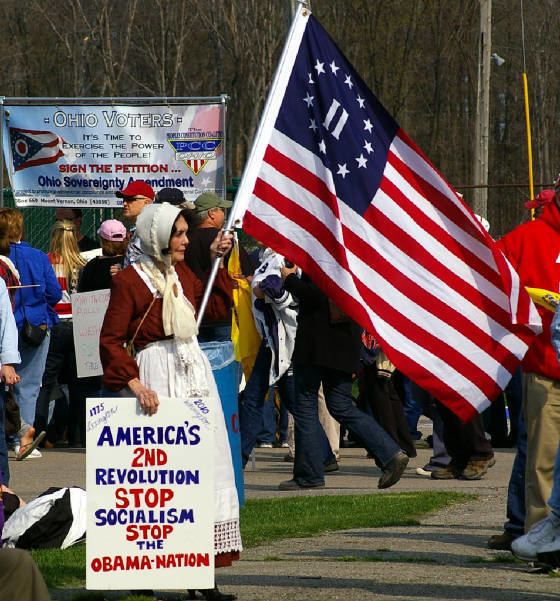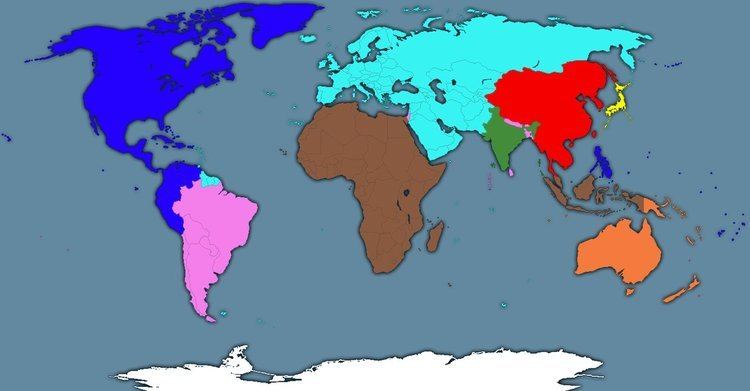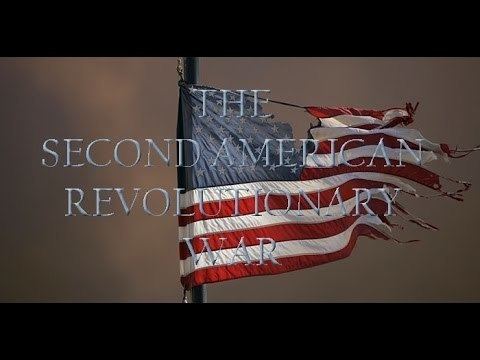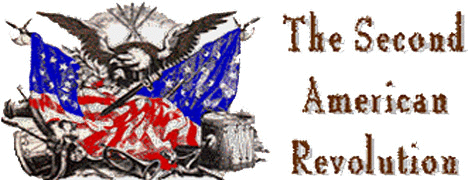 | ||
The first American Revolution spanned from 1775 to 1783, after which the United States received recognition of independence by and from Great Britain. Rhetorical or hyperbolic references to a Second American Revolution have been made on a number of occasions throughout the history of the United States.
Contents

History

In popular culture


References
Second American Revolution Wikipedia(Text) CC BY-SA
